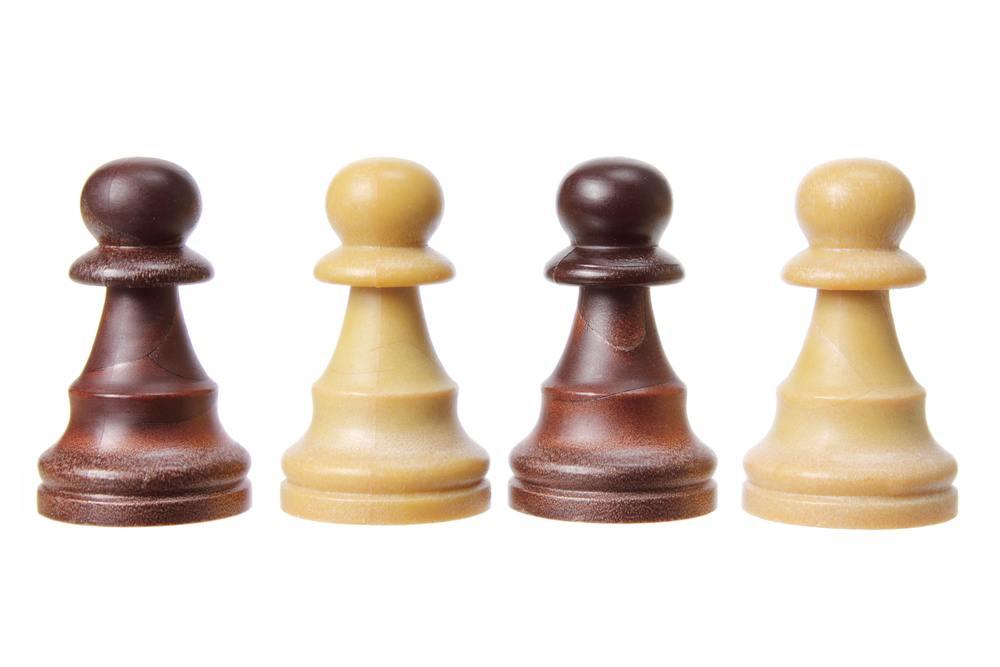
Pawn Endgames: A Practical Guide
Let us begin with a small challenge. Take a look at the following diagram:
It is the starting position, stripped of all pieces except kings. If you managed to examine it without a yawn, eye roll, or grimace, you have passed the test  .
.
Pieces lend the game its beauty and complexity. Even without them, however, the position usually remains incredibly complicated and tense. Indeed, pawn endings bedevil even the most experienced endgame players; one misstep — one small miscalculation — can lead to immediate calamity.
I woud like to dedicate this article, then, to a brief (but hopefully rewarding) introduction to pawn endgames.

1. Opposition
The concept itself is easily understood and lucidly defined in chess literature: "opposition is the state of two kings standing on the same file with one square separating them ('close' opposition; three or five squares between is called "distant" opposition); the opposition may be vertical, horizontal, or diagonal" (Mark Dvoretsky's Endgame Manual).
Provided that your opponent has no pawn moves to spare, gaining the opposition usually induces zugzwang and forces a decisive concession. In practice, of course, things are anything but cut-and-dried. The following incredible endgame battle furnishes a brilliant illustration.
A wonderful effort by Kashlinskaya. In order to (1) eliminate the f3 pawn and (2) prevent her opponent from gaining the opposition, her king took an incredible route, surfacing on the third rank only when the opposition was hers for the taking.

2. Pawn Races
As we discussed in a previous article, pawn endgames are frequently decided by heart-stopping races to promotion. In most cases, they are fairly easy to calculate. The player who queens first has an enormous advantage, since he can often induce a favorable queen trade. To master the art of pawn racing, only one ability is required: razor-sharp calculation.
Convinced?

3. Pawn Breakthroughs
It is tempting to assume that an equal number of pawns on a flank means that neither side can make progress, but that is entirely untrue. Pawns are devilish little imps, and breakthroughs — in which several pawns are given up to create an unstoppable passer — are all too commonly overlooked by unsuspecting players. The following game, which I analyzed in my first Chess Life endgame column, is a case in point.
This article is by no means a comprehensive guide to pawn endgames. Instead, I have tried to highlight their most crucial features. Success or no, let me know in the comments below!






